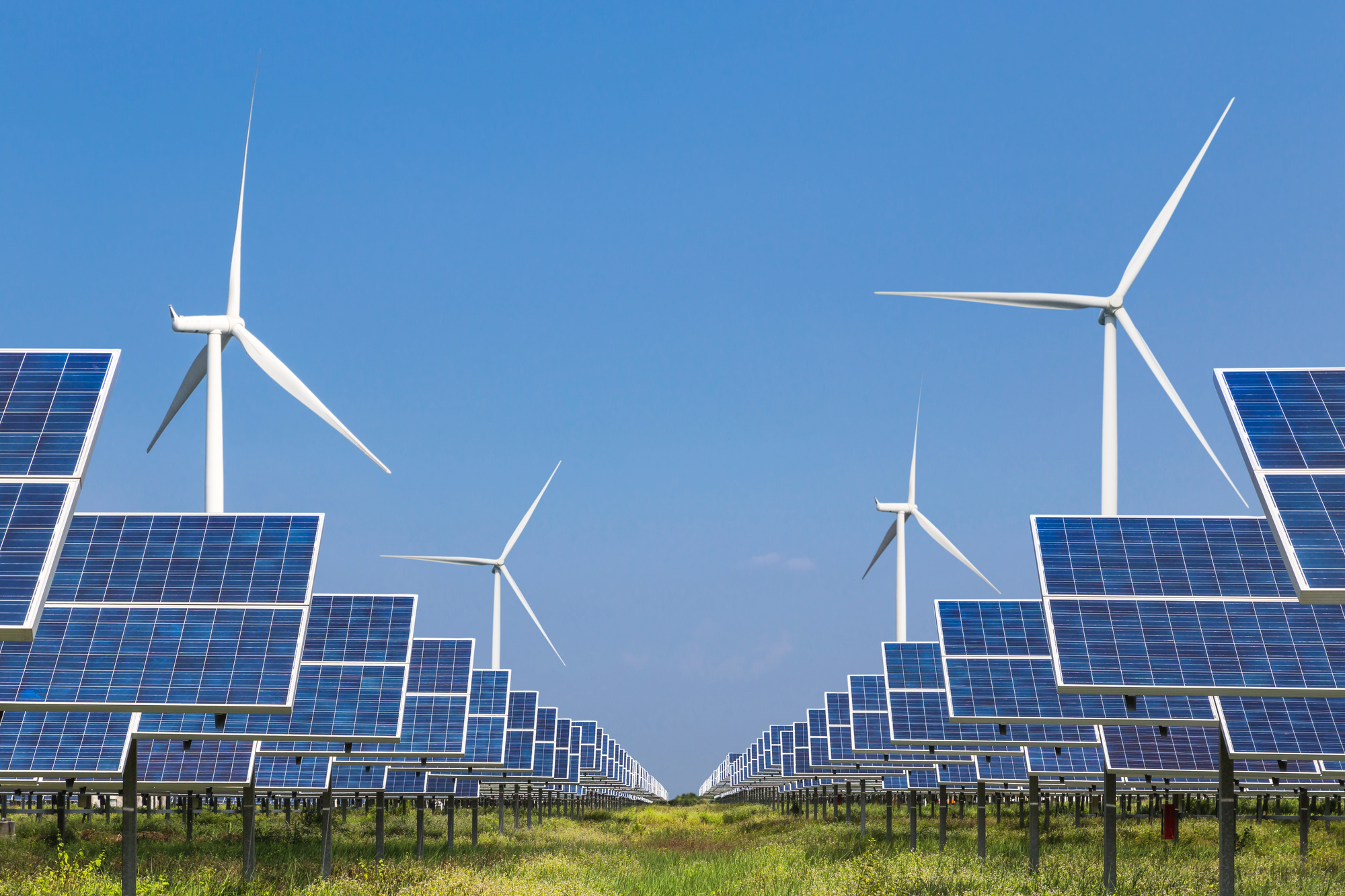11 Dec 2024

Tired Earth
By The Editorial Board

Environment sustainability has become one of the world’s main concerns due to the rising global warming emission. After years of industrialisation, China has emerged as one of the largest economies in the world.
However, the development is also accompanied by a greater cost to the environment. To illustrate, in a balance sheet, the assets (economic prosperity) is generated at the expense of liabilities (environmental issues such as water, soil, and air pollution).
Recently, China has been aggressively addressing the environmental issue and it aims towards creating a carbon-neutral economy.
Government effort in renewable energy
Malaysia is also making an effort to switch to renewable energy as a source of energy gradually.
Currently, only less than 20% of the electricity generated is using renewable energy sources and we are still heavily relying on the carbon-intensive solution for power generation.
According to the recent 12th Malaysia Plan, our country plans to achieve 30% of the energy generated by renewable sources in 2030.
The government will introduce carbon pricing and carbon tax in striving towards the country's vision of being carbon-neutral as early as 2050, which is a good move for tackling the industry that refuses to make the changes.
The Malaysian Green Technology and Climate Change Centre (MGTC) has structured some incentives to encourage businesses’ involvement in green technology. The incentives come in two forms - Green Investment Tax Allowance, and Green Investment Tax Exemption.
Green Investment Tax Allowance is the incentive given to the purchaser on purchasing the green technology equipment/assets that are claimable upon approval, while the Green Investment Tax Exemption is the incentives given to green technology service providers.
With both internal and external support, perhaps it could encourage more businesses to venture into green technology.
What is the problem faced by the industry?
Despite greater government effort on the transformation, the awareness of environment protection and adoption of green manufacturing practices is still very low in the manufacturing industry.
The reason could be a higher cost will be incurred for the importation of green technology and materials, subsequently hindering manufacturers from shifting towards environmental sustainability.
The biggest challenges that stop them from moving towards the objective are lack of investment, followed by lacking green technology research and development (R&D).
Although the research of second-generation biofuel from palm oil has been on-going since 2002, product development is unsuccessful due to lack of funding.
However, a solar energy solution seems viable, and several market players are ready to provide solutions and expertise for the transformation.
Source of funding and share of technology expertise under the Belt and Road Initiative
Due to lockdown measures implemented by various economies to contain the spread of Covid-19, the Chinese investments abroad showed a fresh low in all investment categories compared with the past years since 2013.
According to the Belt and Road Initiative (BRI) 2020 Report, China’s overseas energy investment is still substantial on renewable energy, which has shown an increase from 38% (2019) to 57% (2020) despite global lockdown amid the Covid-19 outbreak.
Up to the first half of 2021, solar/wind energy has received Chinese investment approximately 34.5% of total funding compared with the other energy sources in Malaysia’s energy sector.
It is believed that Malaysia could be one of the beneficiaries to receive more Chinese investments in the future to overcome the shortage of funding. Technically, we may tap into China’s expertise through collaboration opportunities and R&D in technology development of renewable energy, especially electric vehicles (EV) and EV power stations.
Apart from that, China is also one of the largest solar photovoltaics producers, producing approximately 63% of photovoltaics in the world. Therefore, it could form a good supply chain to source solar power generating equipment/materials.
Household awareness
Apart from the industry and government effort, household awareness also plays a vital role. As solar energy is based on a decentralised power hub, thus household participation is essential in building a network of electricity supply.
In some countries, it is even gaining popularity that households install a solar system and sell the excess electricity to the power company. In Malaysia, some households joined the TNB solar energy programme to install a solar PV system to save on electricity, especially heavy-duty users.
However, many households are still discouraged by the high cost of implementation and low consumption needs, hindering them from moving further. Excluding the environmental costs, the current carbon-intensive solution is still considered the cheapest solution.
A lot of effort is required to raise the awareness of environmental sustainability among the public instead of looking at the cost alone. Once our citizens have a higher consciousness of the environmental issue, it will have a greater success rate towards the transition.
Similar to e-wallet, it was not accepted by many a few years ago due to security concerns, but it has gained popularity over the years as the consumers’ acceptance rate has become higher.
Towards the future
We believe that green technology would be the next big thing to come as it is the direction of the world towards environmental sustainability.
In the perspective of green technology development, Malaysia is considered at the infancy stage, where it could still have a great development prospect in the future.
Malaysia is exposed to sunlight all-year long, thus it is very suitable for solar energy development. Apart from that, biofuel development using palm oil also brings us a competitive advantage as Malaysia is the second largest palm oil producer in the world.
To summarise, we would expect to see steady growth for renewable energy in post-Covid recovery as many countries, especially Malaysia, have begun to gradually lift the movement control and resume economic activities together with higher vaccination rate throughout the country.
Source : thestar.com
Comment